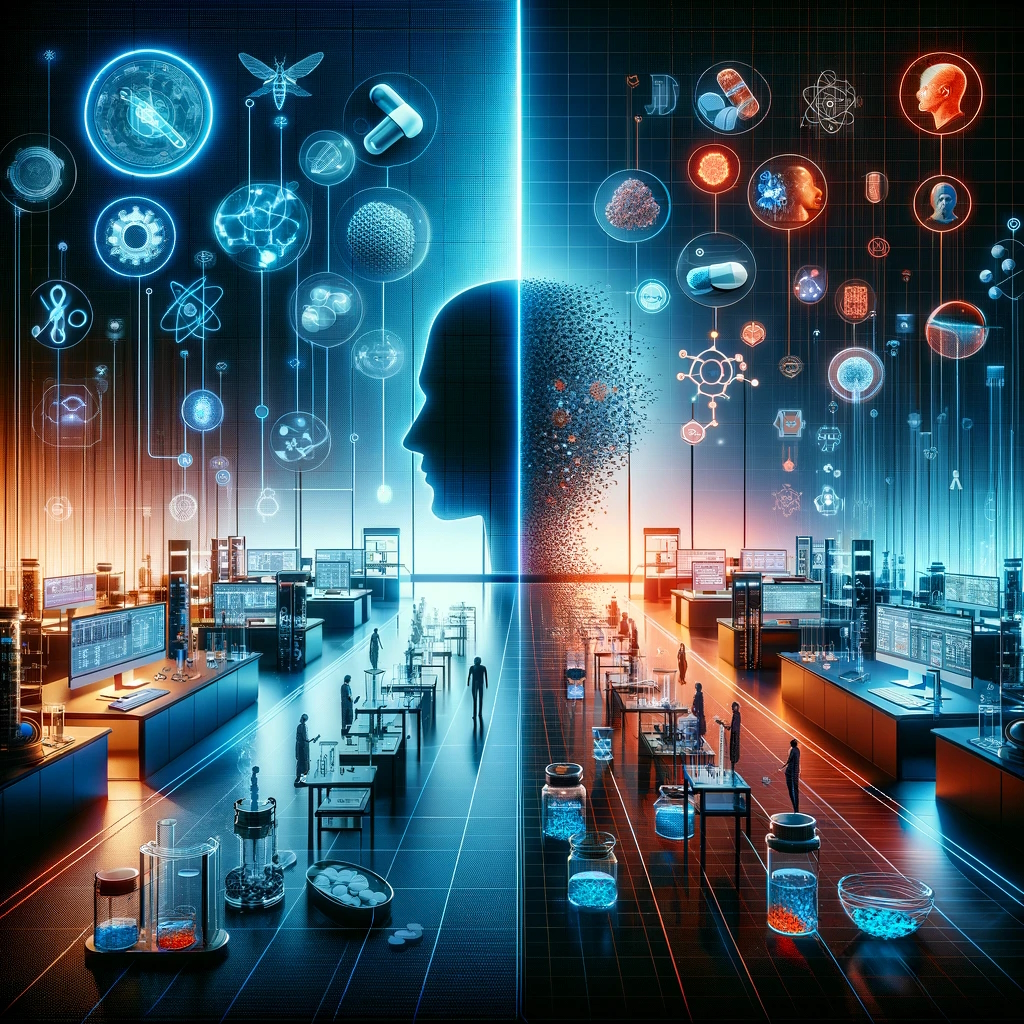Generative AI continues to reshape the landscape of research and development (R&D), presenting a mixture of revolutionary potential and significant challenges. This technology, known for its ability to generate new content by learning from vast amounts of data, is now making strides in areas such as pharmaceuticals, material science, and beyond.
Advancements and Opportunities
The utilization of generative AI in R&D is propelling significant innovations, particularly in speeding up the design and testing phases of product development. For instance, AI models are being used to simulate drug interactions and material behaviors, which can drastically shorten the development cycles and reduce costs (McKinsey & Company).
Furthermore, these technologies are facilitating a deeper understanding of data through enhanced analytics, as noted by MIT Technology Review, thereby unlocking new opportunities for innovation across various sectors (MIT Technology Review).


Challenges and Ethical Concerns
However, the integration of generative AI into R&D does not come without its hurdles. One of the principal concerns is the accuracy of the outputs from these AI systems, which can sometimes lead to incorrect conclusions if not carefully monitored (McKinsey & Company).
Additionally, as these systems become more prevalent, the risks associated with data privacy, intellectual property, and the potential propagation of biases in AI-generated solutions become more pronounced. These issues necessitate robust governance and ethical guidelines to ensure that AI tools are used responsibly and effectively (Nature).
Implications for the Future
Looking forward, the role of generative AI in R&D is expected to expand, promising to enhance the efficiency and effectiveness of research processes. However, this will require organizations to navigate the complex interplay between technological advancement and ethical considerations. Companies will need to invest in proper infrastructure, adopt clear governance frameworks, and ensure ongoing training for their workforce to harness the full potential of AI while mitigating its risks (MIT Technology Review).
Conclusion
The evolution of generative AI continues to offer exciting possibilities for the future of R&D, with the potential to significantly accelerate innovation and drive economic growth. However, the broad adoption of these technologies must be approached with a careful consideration of their potential impacts on society and the economy. As this field evolves, it will be crucial for researchers, industry leaders, and policymakers to collaborate closely to guide the development of generative AI towards beneficial and equitable outcomes.
This balanced approach will not only harness the transformative potential of AI in R&D but also ensure it contributes positively to societal progress.


